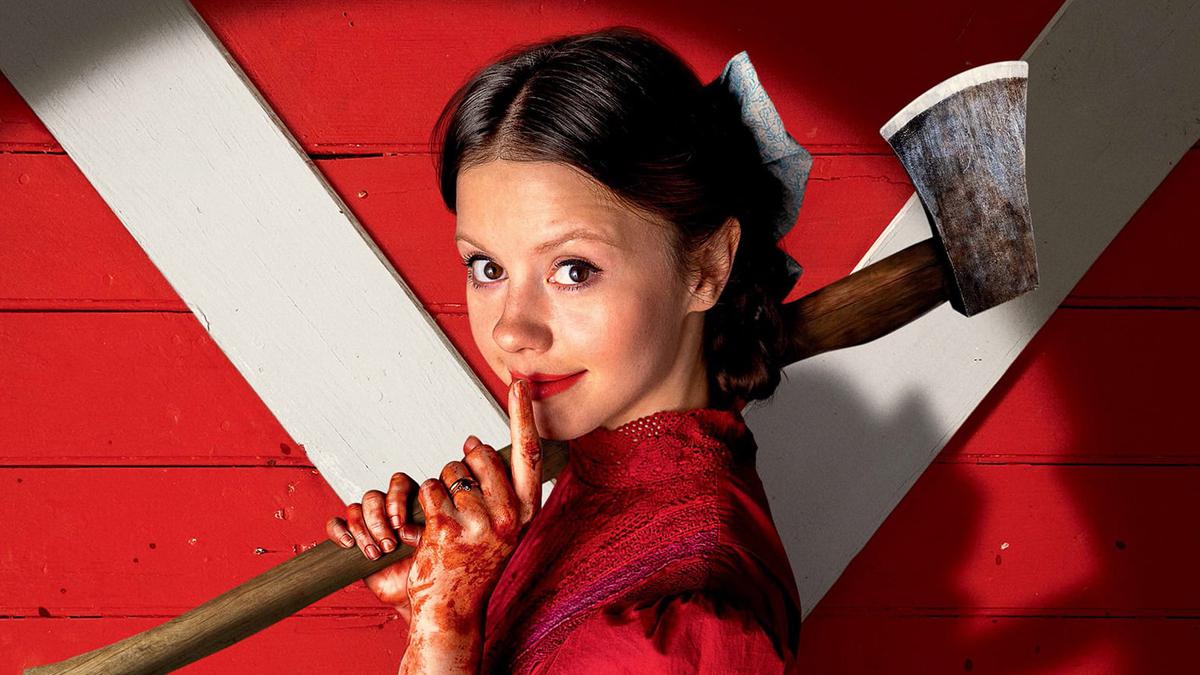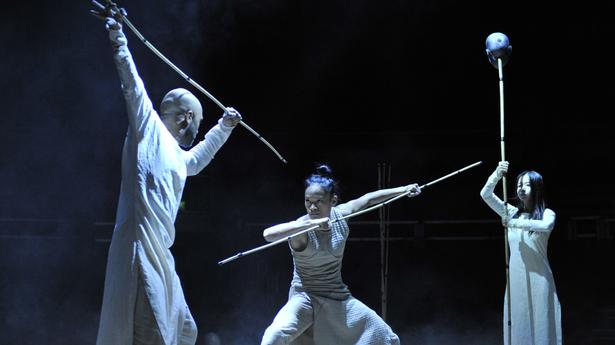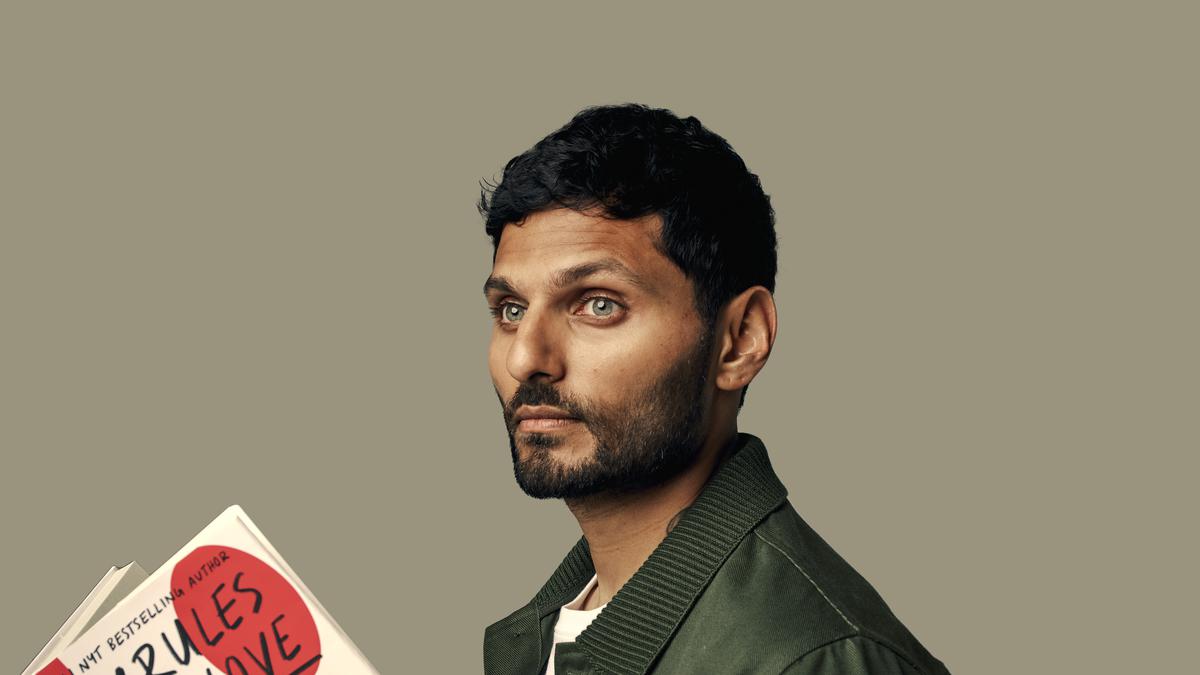Mia Goth as Pearl in ‘Pearl’
| Photo Credit: A24
After a gruelling couple of years lost to the pandemic, cinema made a comeback in 2022, and how! We saw the larger-than-life heroes return to the screens with jaw-dropping action sequences, and space was made for fables on imperfect parents and their misguided efforts at expressing love; we had the movies to turn to during our recovery for a good laugh.
But the anxieties and horrors of the economic slowdown, an impending climate crisis, and the questions of existentialism that the pandemic birthed still lurk in the dark crevices of our minds. Cinema has justifiably absorbed these sensibilities and reflected them on the screen for all of us to gaze at, while looking within ourselves. We had the Jaws-inspired Jean Jacket monster in Nope that revels in feeding on people, and, in the process, swallowing the lives they’ve built for themselves. Then, we also were witness to the cruel monsters lurking underneath our smiles in Smile. But one thing the horror slashers and cathartic dark comedies this year had in common was the sheer number of women championing our anxieties.
While it is interesting and encouraging to see women occupy space on our screen, the reason they fit into the roles perfectly is a tad complicated. A BBC analysis of the World Gallup Poll points to a widening rage gap. In 2012 both men and women reported anger and stress at similar levels; however, nine years later, women are angrier by a margin of six percentage points with the pandemic playing a very significant role.
The pandemic was disproportionately cruel to women — they were driven out of the workforce and forced to tend to childcare duties and household responsibilities, putting a strain on their economic independence. A global study found that women did three times more childcare duties than men. 2022 also gave women a lot to be angry about: women in the United States of America lost their right to abortion with the overturning of Roe v. Wade, the Taliban in Afghanistan banned women from universities and kept the corridors of learning out of their reach, and the regime in Iran lynched women for participating in the anti-regime protests triggered by the killing of Mahsa Amini.
Women in cinema are amplifying the shared anxieties and anger of being a woman in the contemporary world in their own ways.
Do you know a woman who has been asked to smile by a stranger on the street? Do you wish to silence that stranger? Maybe Smile is your best bet. Starring Sosie Bacon, this tale explores mental health and generational trauma that daughters inherit from their mothers, a theme Natasha Lyonne explored through the character of Nadia Vulvokov, another infamous grumpy female protagonist, in the second season of Russian Doll.
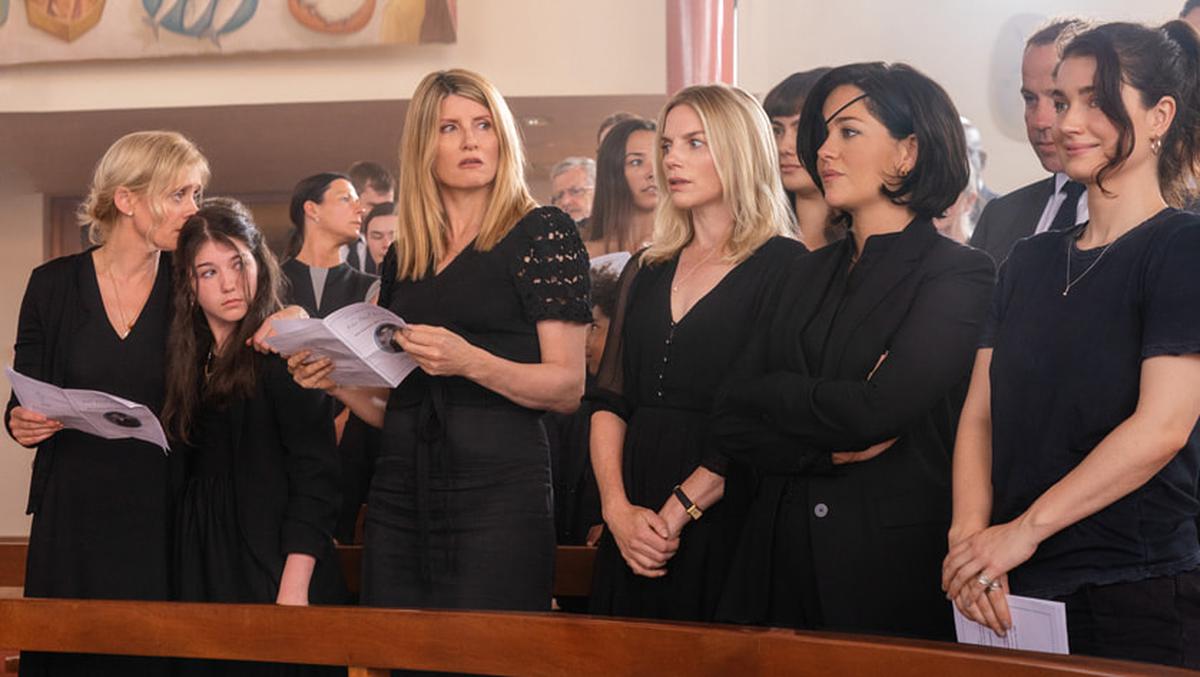
A still from Apple TV+’s ‘Bad Sisters’
| Photo Credit:
Apple
Kith and kin united to shower rage over a misogynist man in Apple TV+’s Bad Sisters. The sisters plotted to kill their sister’s abusive husband and their imagination in all its gore and violence made its way to the screen, supplemented with dark comedy, pushed the audience to root for their erroneous antics.
Rage has largely been considered a masculine emotion, and women were forced to only express secondary emotions and consequences of a man’s rage. Watching women own their rage without facing brutal and unjustified consequences was indeed refreshing.
Armed with a stellar cast, Halina Reijn’s Bodies Bodies Bodies dared to turn the virginal final girl trope on its head by killing off men in the very beginning and keeping the highly sexual, morally-complicated female characters alive. The girls who survive the stormy night are rich brats to whom self-awareness does not come easy. Watching flawed female characters survive in a horror film makes me think of the famous internet phrase, “I support women’s rights but more importantly, I support women’s wrongs.”
A sanitised portrayal of women on-screen has haunted women in real life as it paints an inaccurate picture of womanhood which often strips them of their needs, wants and desires. They are left to the mercy of a man’s story, and most of their emotions are secondary. Acknowledging women’s missteps without disproportionately punishing them goes a long way in understanding the women around us.
Your Name filmmaker Luca Guadagnino also seems to have taken supporting women’s wrongs a little too seriously in his film Bones and All by letting Maren Yearly (Taylor Russell) feast on men. She’s often drenched in their blood and enjoys the human flesh while also being capable of empathy, friendship and love. On that note, cannibalism has served as a metaphor for a lot of socio-political and psychological commentary this year, with Mimi Cave’s Fresh drawing lessons on class and patriarchy through the act of eating human flesh.
The mother of all horror films in 2022 (pun intended), Barbarian, manifests the generations of rape and incest as a supernatural female who lives in the basement of a house in Detroit and goes after men who hurt women, a sordid tale of female solidarity if you may. Watching Lib Wright (Florence Pugh) gives the finger to religion and patriarchy in The Wonder by lying and burning down a house for a girl she has known only for two weeks compels us to cheer for her misdeeds.
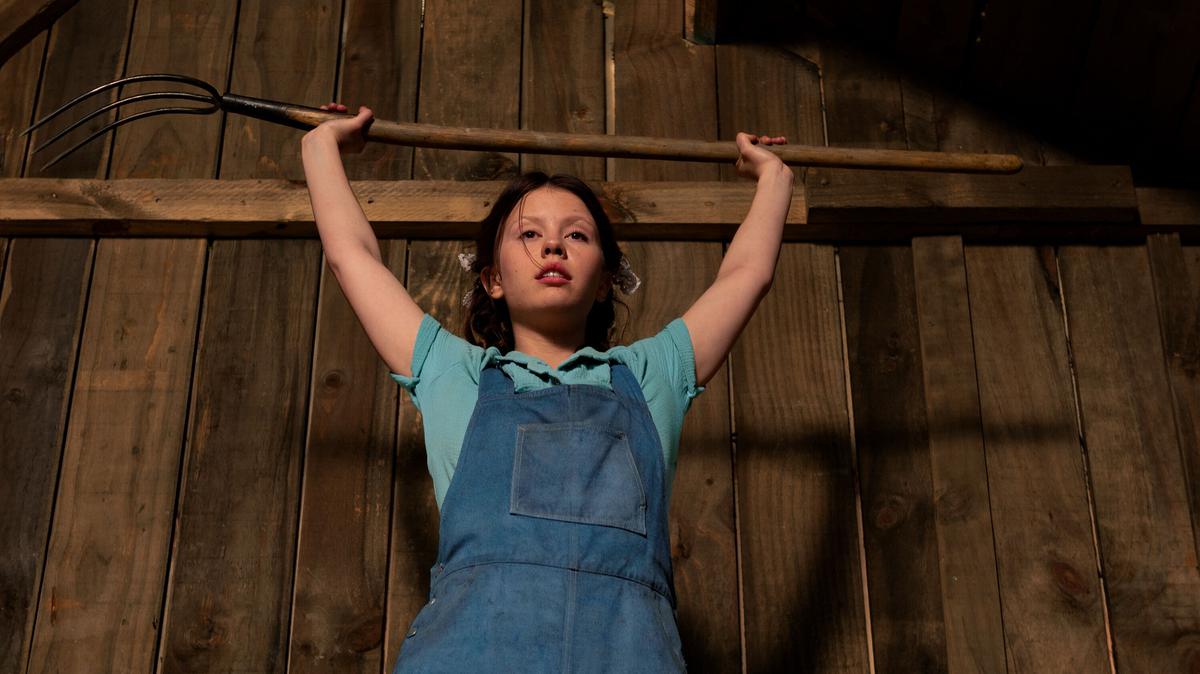
Mia Goth as Pearl
| Photo Credit:
A24
However, Ti West’s X and Pearl starring Mia Goth take the cake with their portrayal of a rural American girl who dreams, and pushes back when she is deprived of the means to pursue them. Letting the titular anti-heroine dream of vanity without punishing her makes the X series stand out.
One positive side to the phenomenon of depicting violent female rage is that it makes way for women to express anger, an emotion even toddlers, until today, associated with male faces. With the influx of anti-heroines, we now have female characters as symbols of rage.
73 years after Simone de Beauvoir wrote in her book The Second Sex — “He is the Subject, he is the Absolute – she’s the Other,” we might just be taking baby steps to remedy the stories we tell about women and give agency to the Other.


